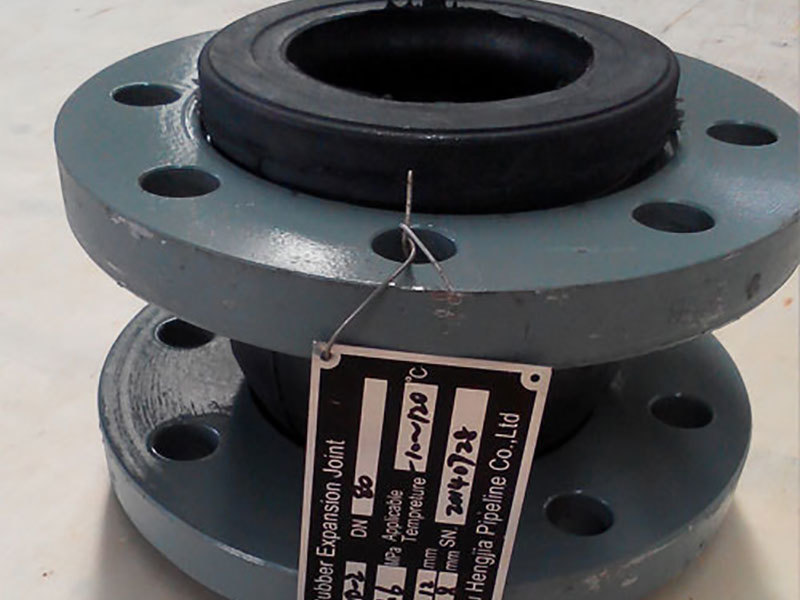The Essential Guide to Plate Flat Welding Flanges in Industrial Piping Systems
Release time:
2025-10-24
In the realm of industrial equipment and components, particularly in the piping sector, plate flat welding flanges play a crucial role in creating robust and reliable connections between pipes and other components. These flanges, characterized by their flat surfaces, allow for a seamless joining process through welding, making them an ideal choice for various applications across multiple industrie
In the realm of industrial equipment and components, particularly in the piping sector, plate flat welding flanges play a crucial role in creating robust and reliable connections between pipes and other components. These flanges, characterized by their flat surfaces, allow for a seamless joining process through welding, making them an ideal choice for various applications across multiple industries.
Plate flat welding flanges are designed to be fitted onto the ends of pipes, enabling a stable and secure connection that can withstand high pressure and temperature. Their flat design ensures that the welding process is straightforward, allowing for better alignment and less risk of misalignment during installation. This feature is particularly advantageous in scenarios where precision and durability are paramount.
One of the primary advantages of using plate flat welding flanges is their ability to create a strong joint. The welding process effectively fuses the flange to the pipe, resulting in a continuous, leak-proof connection that is essential for maintaining system integrity. This quality makes them particularly valuable in industries such as oil and gas, chemical processing, and water treatment, where fluid dynamics and pressure control are critical.
In terms of materials, plate flat welding flanges can be manufactured from various substances, including carbon steel, stainless steel, and other alloys. The choice of material often depends on the specific application and the environmental conditions the flange will be exposed to. For instance, stainless steel flat welding flanges are commonly used in corrosive environments due to their resistance to oxidation and rust.
When selecting a plate flat welding flange, it is also essential to consider factors such as the nominal pipe size, pressure rating, and the specific welding standards that need to be adhered to. Understanding these parameters ensures that the flange will perform optimally within the intended system, minimizing the risk of failures or leaks.
Moreover, the installation of plate flat welding flanges requires skilled labor and adherence to safety protocols, as improper welding can lead to compromised joint integrity. Therefore, it is advisable to engage qualified professionals for installation and inspection processes.
In conclusion, plate flat welding flanges are integral components in industrial piping systems, providing strong, reliable connections that enhance the overall efficiency and safety of fluid transport. Their ease of installation, paired with the robustness of welded connections, makes them a preferred choice in various applications. Whether you are involved in maintenance, engineering, or design within the piping industry, understanding the importance and characteristics of plate flat welding flanges will undoubtedly enhance your operational success.
Plate flat welding flanges are designed to be fitted onto the ends of pipes, enabling a stable and secure connection that can withstand high pressure and temperature. Their flat design ensures that the welding process is straightforward, allowing for better alignment and less risk of misalignment during installation. This feature is particularly advantageous in scenarios where precision and durability are paramount.
One of the primary advantages of using plate flat welding flanges is their ability to create a strong joint. The welding process effectively fuses the flange to the pipe, resulting in a continuous, leak-proof connection that is essential for maintaining system integrity. This quality makes them particularly valuable in industries such as oil and gas, chemical processing, and water treatment, where fluid dynamics and pressure control are critical.
In terms of materials, plate flat welding flanges can be manufactured from various substances, including carbon steel, stainless steel, and other alloys. The choice of material often depends on the specific application and the environmental conditions the flange will be exposed to. For instance, stainless steel flat welding flanges are commonly used in corrosive environments due to their resistance to oxidation and rust.
When selecting a plate flat welding flange, it is also essential to consider factors such as the nominal pipe size, pressure rating, and the specific welding standards that need to be adhered to. Understanding these parameters ensures that the flange will perform optimally within the intended system, minimizing the risk of failures or leaks.
Moreover, the installation of plate flat welding flanges requires skilled labor and adherence to safety protocols, as improper welding can lead to compromised joint integrity. Therefore, it is advisable to engage qualified professionals for installation and inspection processes.
In conclusion, plate flat welding flanges are integral components in industrial piping systems, providing strong, reliable connections that enhance the overall efficiency and safety of fluid transport. Their ease of installation, paired with the robustness of welded connections, makes them a preferred choice in various applications. Whether you are involved in maintenance, engineering, or design within the piping industry, understanding the importance and characteristics of plate flat welding flanges will undoubtedly enhance your operational success.
Key words:
Related News






